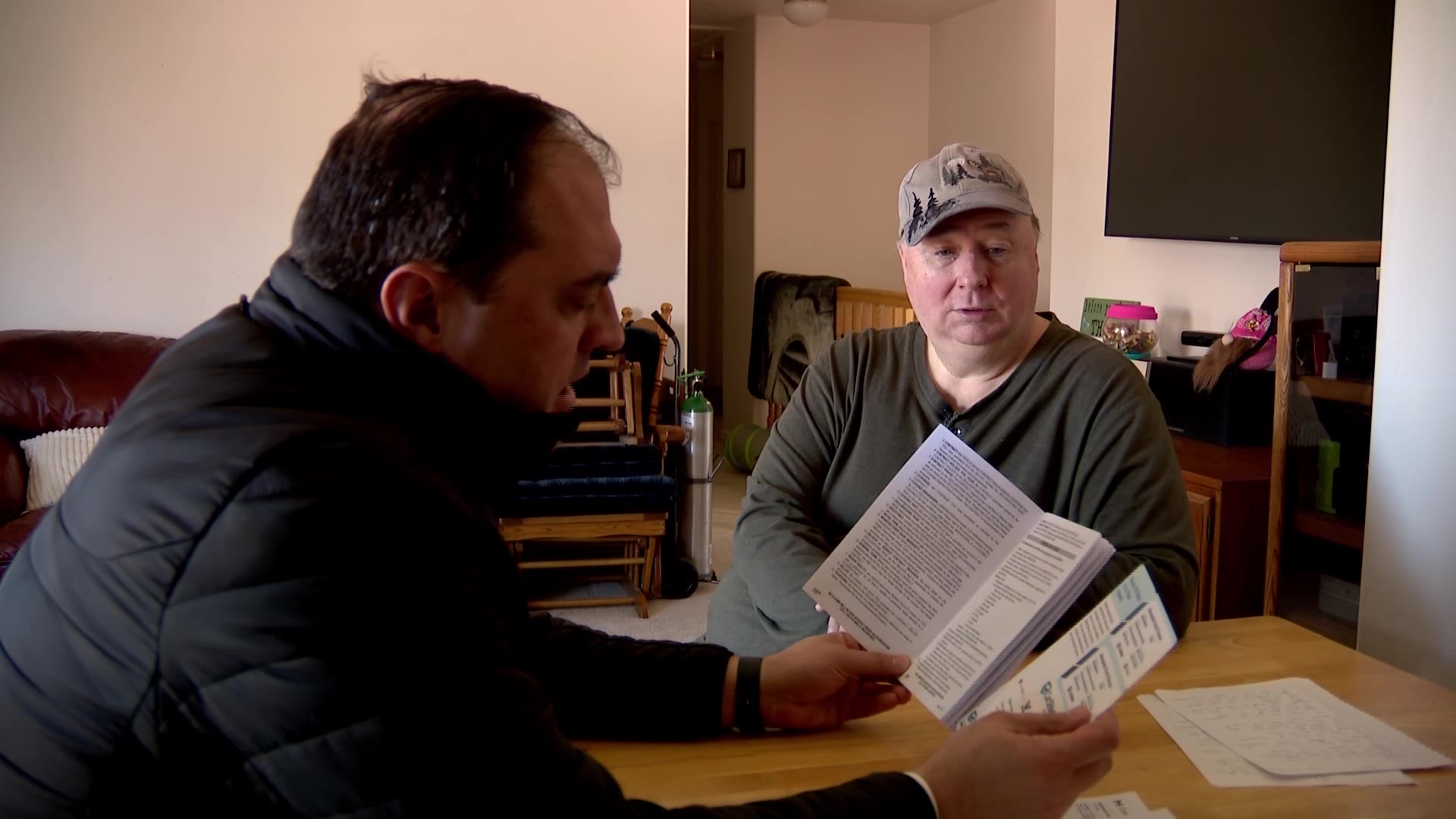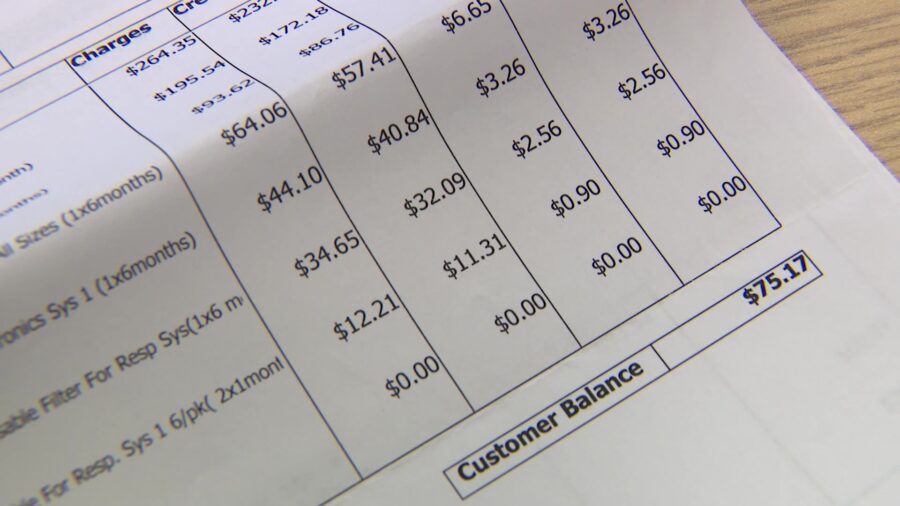Gephardt Busts Inflation: The growing phenomenon of shrinkflation leaves consumers getting less for their money
May 16, 2023, 11:13 PM
Food prices in the grocery aisles have gone up by 19.1%, according to an analysis of numbers from the U.S. Bureau of Labor Statistics’ Consumer Price Index. That is worse enough, but here is the one-two punch: the packaging that increasingly expensive food comes in keeps shrinking.
We have already told you about shrinking coffee cans, shrinking shampoo bottles and even shrinking packages of Huggies, but guess what?
“It never ends,” said Edgar Dworsky, consumer advocate and founder of Consumer World. “The sneaky way to get at your pocketbook is through shrinkflation — getting less for your money on a lot of the products you buy.”
Dworsky has been watching shrinkflation for decades. That is where manufacturers offset rising costs by making their products smaller while keeping prices the same.
“Everything from laundry detergent to Oreos,” Dworsky said. “Believe it or not, some Oreos have four fewer cookies in each package. Detergent has gone from 92 ounces down to 88 ounces. You lost eight sheets on every roll of Bounty paper towels. It just doesn’t end.”
Those are far from the only examples. Twitter users recently shared their shrinkflation finds, such as a family size box of Rice Krispies cereal, shrunk by 170 grams.
Here’s another one, Krispies #Shrinkflation. Zoom in 680g down to 510g. pic.twitter.com/AdL05Qku9l
— Cheryl in Nova Scotia 🍁🇨🇦🦞 (@mini_bubbly) March 13, 2023
Or how about Colgate toothpaste? This tube now features 25 milliliters less toothpaste — a 25% reduction. And now, you can scrub your dishes with 41 fewer milliliters of Dawn dish soap.
“It’s a backdoor price increase is what it turns out to be,” Dworsky said.
Sure, you can complain to the manufacturer about shrinkflation hitting your favorite product, but do not expect results.
“You may get some coupons because of it; they’re not likely to change,” Dworsky expressed.
Dworsky said manufacturers know consumers are watching out for increased prices, but we are not watching net weights, volumes or counts. And that is the key to busting inflation here: double-check the size of the items you buy all the time.
“When you go back to the store, double-check,” he said. “If it turns out that you’re getting less for your money, see if another name brand maybe hasn’t gotten smaller yet.”
Dworsky said competing manufacturers tend to copy each other.
“If a competitor paper towel, you know, gives you fewer sheets, the other guy is going to do the same thing,” he explained. “They’re going to say, ‘Well, why should I be giving 20 sheets more when that other guy is giving 20 sheets less.’ The store brand tends to be the last one to downsize.”
Also, use unit pricing: the price per ounce or per count, or per whatever.
“That’ll tell you which of the different sizes, which are of the different brands, is really the best deal,” Dworsky said.
And do not expect that a family size of cereal will return to its original size when inflation eases.
“You may see a bonus pack that will give you four extra Brillo pads in a package,” Dworsky said. “But you’re not going to see the old size come back in most cases.”













